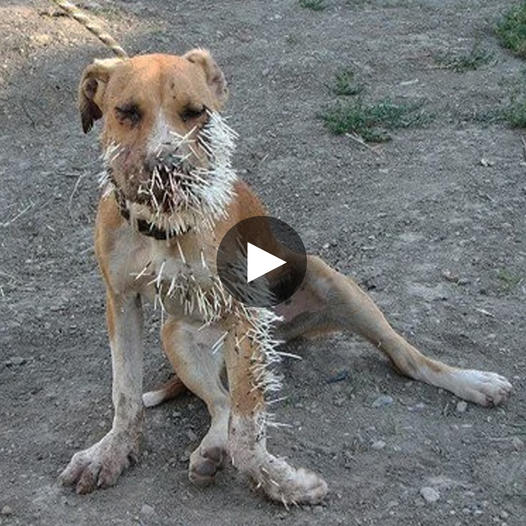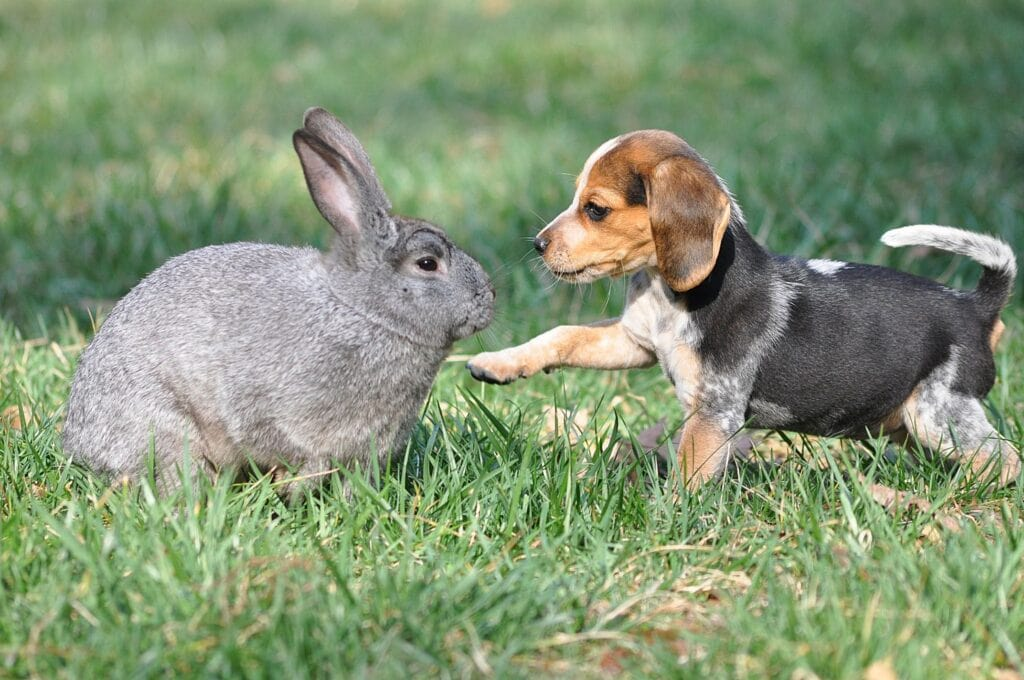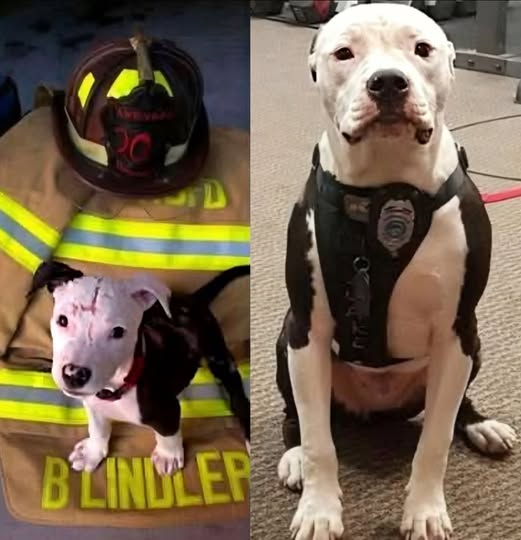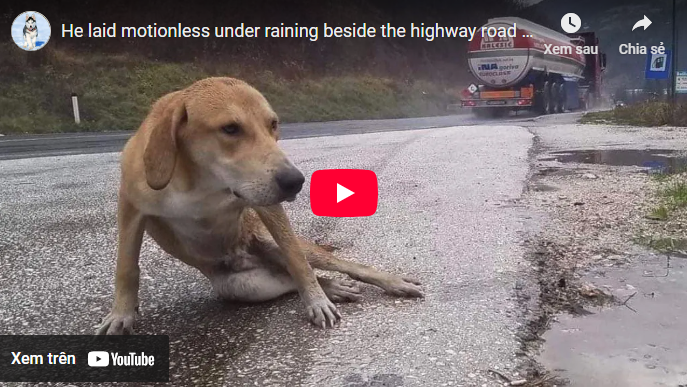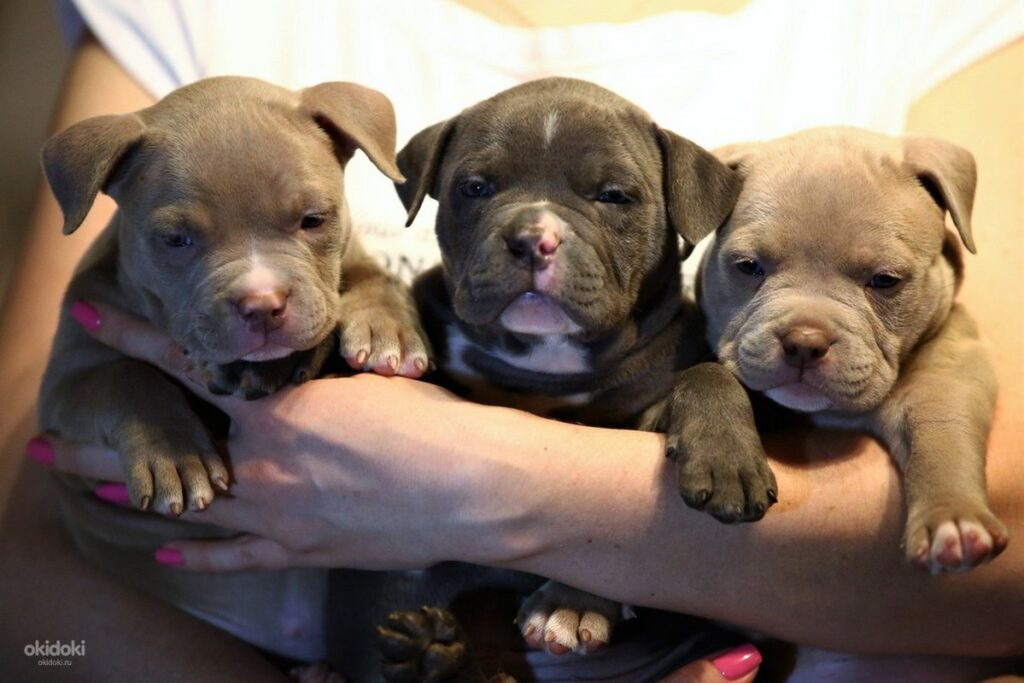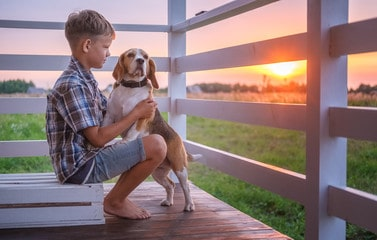A couple of dogs in Texas are recovering after getting into a fight with a porcupine and being struck with more than a thousand quills.
Peggy Gamblin tells KTAB News that she woke up Sunday morning to discover her Australian Shepherd and Boston Terrier covered in porcupine quills. Sometime during the night, the dogs encountered a porcupine at their home in Brown County.
Both dogs were rushed to the animal clinic, where staff worked for over an hour and a half to remove the quills.
“I have to take him back Friday and they’re going to check his eye, and we have to check him everyday, two or three times a day, because some of those quills are under the skin, and they’ve started working out,” Gamblin told KTAB News. ” I took one out this morning and we got two or three out yesterday.”
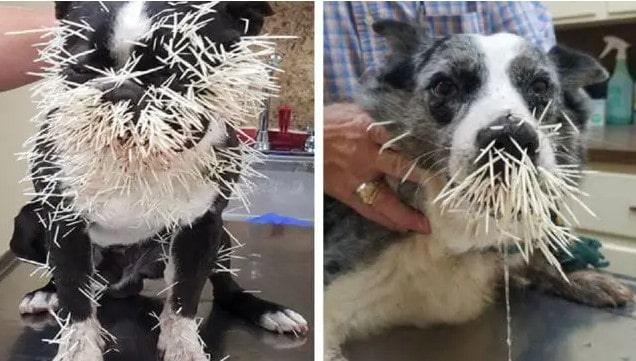
Now, both of the dogs are back home, resting. It should take about two weeks for all of the quills to come out, but both dogs will make a full recovery.
Veterinarians say they see similar porcupine attacks all the time, and as long as the animal is taken into the vet early, they should be able to make a full recovery.
Texas Parks and Wildlife Department Game Warden Travis Allen says porcupines are nocturnal and most people won’t ever see one. Allen says a single porcupine can have up to 30,000 quills, or around 100 to 150 per square inch of body surface.
The experience of Peggy Gamblin and her two dogs serves as a stark reminder of the potential dangers lurking in the wild, even for pets in the comfort of their own homes. It’s a reminder that life in rural areas, like Brown County, can bring unexpected wildlife encounters, and for pet owners, that means being prepared for anything.
Despite the pain and distress caused by the quills, Peggy remains optimistic and thankful for the care her dogs received. After the initial trauma of the incident, Peggy was able to start a recovery routine at home, checking her dogs multiple times a day to ensure the quills continued to work their way out. The removal of these quills, which are barbed and embedded deeply into the skin, is no small task, but she is committed to doing whatever it takes for their full recovery.
For those unfamiliar with the perils of porcupine encounters, it’s important to understand why these animals are so dangerous to dogs. Porcupines are not aggressive creatures by nature. They are primarily herbivores, feeding on plants, leaves, and bark. However, when threatened, they rely on their formidable defense mechanism: the quills. These sharp, needle-like structures are easily detached from the porcupine’s skin and are designed to lodge deep into the skin of any creature that comes too close. The quills can be particularly painful for dogs because of their barbed nature, which makes them difficult to remove and often results in infection or damage to the animal’s skin and muscles.
Veterinarians warn that, while rare, these types of injuries can lead to long-term complications if not treated promptly. The barbed quills can migrate under the skin, causing infections or damage to vital organs if they aren’t fully removed. Peggy’s decision to take her dogs in immediately for treatment likely played a crucial role in their swift recovery. The key to successfully treating such an injury is acting quickly—removing the quills as soon as possible and monitoring for any signs of infection.
Aside from medical care, the emotional toll on both the dogs and their owner cannot be understated. For Peggy, it was a stressful experience, as she had to manage her pets’ pain and the uncertainty of the situation. However, with time and patience, she has seen her dogs slowly return to their playful, energetic selves. This gradual healing process is a testament to the resilience of animals, especially dogs who often bounce back quickly after adversity. Both of her dogs, the Australian Shepherd and Boston Terrier, are now more cautious but seem to have regained their strength.
In addition to caring for her dogs, Peggy also found comfort in sharing her story with others. The incident garnered attention, as it’s not every day that a local news outlet covers such a rare and dramatic event. She found solidarity with other pet owners, many of whom shared their own experiences with porcupine encounters or other unexpected wildlife dangers.
According to veterinarians, such encounters can be more common than people think, particularly in rural areas where porcupines are more likely to roam. However, they also note that prevention is possible. The key is keeping pets supervised, especially during the night, when porcupines are most active. Pet owners are advised to avoid letting their dogs roam freely in areas where wildlife is prevalent. Additionally, it’s a good idea to regularly check your dog’s body for any potential foreign objects, such as thorns or quills, that may have become lodged in their fur or skin.
It’s also important to remember that not all wildlife-related injuries are as easily handled as the one Peggy’s dogs faced. For example, porcupine quills can sometimes be impossible to fully remove without surgical intervention, which is why veterinary care should always be sought if a pet is injured by a porcupine. Even if the quills are removed, it’s crucial to keep an eye on the wound for any signs of infection or complications.
In fact, when it comes to dealing with wild animals, it’s essential to educate oneself on how to handle these types of situations. The Texas Parks and Wildlife Department encourages pet owners to learn about the wildlife in their areas, as each species has its own behaviors and risks. Travis Allen, a game warden with the department, notes that porcupines are most often found in wooded areas, and while they typically avoid human interaction, they will defend themselves when provoked. The department advises pet owners to steer clear of these animals, especially at night, when they are most active.
For Peggy, the incident with the porcupine has been an eye-opener, and she now feels more equipped to handle similar situations should they arise again. She’s learned how important it is to keep a close eye on her dogs, not just for their safety but also for their well-being. In the end, she’s grateful that her dogs are recovering and that she was able to get them the help they needed in time.
As for the dogs, they are back to their usual routines, and Peggy is hopeful that their recovery will continue smoothly. The two-week timeline for the quills to fully work their way out may seem long, but it is a necessary process to ensure that no foreign objects remain in the dogs’ bodies. Every day, Peggy checks the dogs carefully, monitoring their progress and ensuring they’re as comfortable as possible. She also maintains regular follow-ups with the veterinary clinic to make sure everything is healing as it should.
As the dogs recover, the family continues to show immense love and care, making sure they get plenty of rest and attention. The experience has only deepened their bond with their pets, and Peggy is now more aware of the importance of looking after her animals and being prepared for any wildlife encounters in the future. The support of the local community, as well as the guidance from their veterinarians, has been invaluable during this challenging time.
Ultimately, Peggy’s story is one of perseverance, resilience, and the deep connection between humans and their pets. It highlights the importance of being vigilant and taking quick action when faced with unexpected challenges. With her dogs on the mend, Peggy is optimistic about the future and grateful that they are on the road to recovery.
